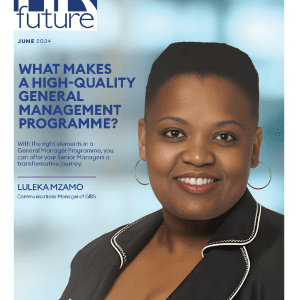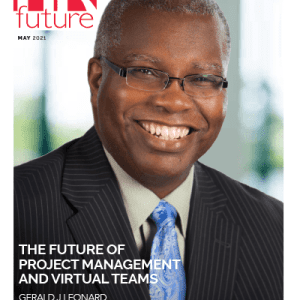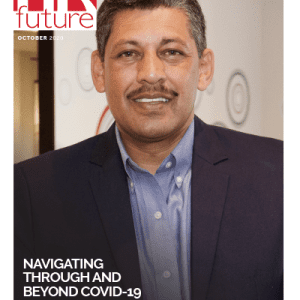Much like marriage, systems or organisational models evolve through stages moving or growing from me to we to it. Put another way the whole is greater than the sum of its parts.
Essentially organisations comprise teams, typically with leaders at the top and other employees filling up the middle and lower structures. The interactions between the levels and individuals create the team dynamic.
Looking at dominant thinking perspectives, two opposites with linear at one end of the spectrum and systems at the other are described.
Linear views aspects with separate parts while a systems approach sees connections and aspects as interdependent, making up the whole. A linear view is a straight line between two points as the most efficient way to get from one place to another. A systems approach applies multiple starting points from which one can apply logic to a problem.
However, the balance of the relationship can be threatened when confronted by obstacles. Among the most common team challenges are building trust, breaking silos, toxic behaviours and resistance to change.
The response is intelligent teams. In the Relationship Systems Intelligence (RSI) model interconnectedness is at play.
The RSI system awareness is the ability to interpret oneself as an expression of the system. What happens is not only personal, it also belongs to the system.
These systems are intelligent characterised by the ability to adapt, self-organise and be self-regulating and survive by a tethering of interconnectedness and interactivity. RSI stresses the importance of addressing the whole system. In the third and team entity, we look at how we can shift from me to we to it. The focus is on the third entity.
A third entity or team focus is created when groups come together e.g. a band; the focus is not on individual personalities but on the whole entity. Likewise, the team is the third entity.
In an organisation there are various role players that create the functionality with all its parts. People become equivalent to the role.
Outer roles have an executive function and serve to maintain the externalities of the system and are filled by CFOs CEOS and other C-suite executives and managers.
Inner roles maintain the emotional function and internal structure of the relationship. These emotional needs must be met for the system to self-regulate.
A diversity of roles is at play with personality types manifesting as worker, rescuer, trouble maker, devil’s advocate, implementer, peace maker, scape goat. A system needs all role players.
The ghost role, although amorphous, is a powerful one nonetheless. This is in the form of an invisible third party that impacts the emotional field. These can be the voice of the mother-in law, traditionally relied upon frames of reference, for example, “I’m black”, “I’m disadvantaged”, or “we did it like this 20 years ago,” stemming from the influence of an ex CEO. These ghost roles haunt the individual’s relationships within the organisation. We are often unconscious of them.
Lastly, secret roles stem from aspects of self at a psychological level that influence behavioural patterns. We are many selves, many parts of us can come to light. As individuals, we need to be aware of these various selves as they impact our relationships.
There is confusion and discomfort when roles are not fulfilled. This can arise for several reasons. These may be role confusion, poorly occupied roles, role fatigue or the elimination of old roles and the need for new roles. Players within the system are seen and heard as the voices for the system.
A system relies on roles for organisational structure and effective execution. It is required of the organisation to manage change.
For the edge theory was looked at.
The primary edge involves “what are we leaving behind” The secondary edge involves “what do we want to become as individuals as a team, as an organisation”?
Each team has its on unique entity and knows when to cross from primary to secondary. Each individual has his or her own edge. You must admit to your own edgy qualities and try new behaviour.
Among the many benefits of the systems approach are that it creates a learning and positive work environment, assists the onboarding of new employees, manages conflict, builds resilience and increases performance and productivity.
In addition, it increases employee motivation, ensures effective management and aligns teams and employees to achieve organisational goals.
To consider the relevance for RSI right now and its subsequent challenges Moloto set up the scenario for 2017 and beyond.
Millennials have become the majority of the work force, forcing previous generations to rethink how they lead teams. A system must be creative and adaptive changing its behaviour to respond to the changing environment. Adaptive change is what creates effective teams to produce results.
Systems are wired to emerge. You cannot stop growth. Change is constant. Systems are in a constant state of emergence, ever evolving towards their next evolutionary stage.
The role for organisational development stakeholders, is to adapt with resilience and authentic courage. Pay attention to unfolding signals and notice what’s going on.
In conclusion, it is required of you to challenge the status quo, be change agents, know what you stand for, have courageous conversations, tell the truth and know what you stand for.
Tumi Moloto, TM Change Consulting.
Written by Iza Grek, A word or 2.













